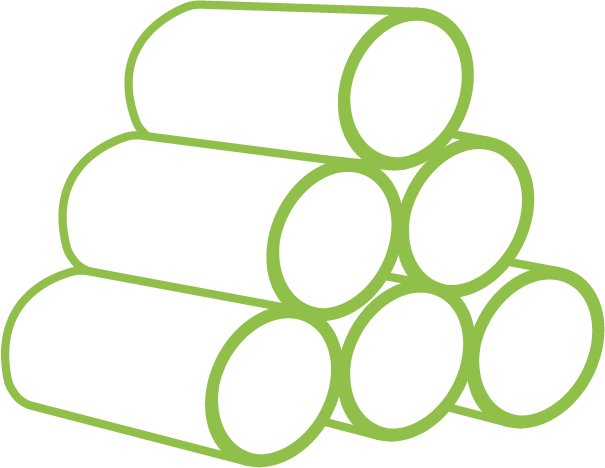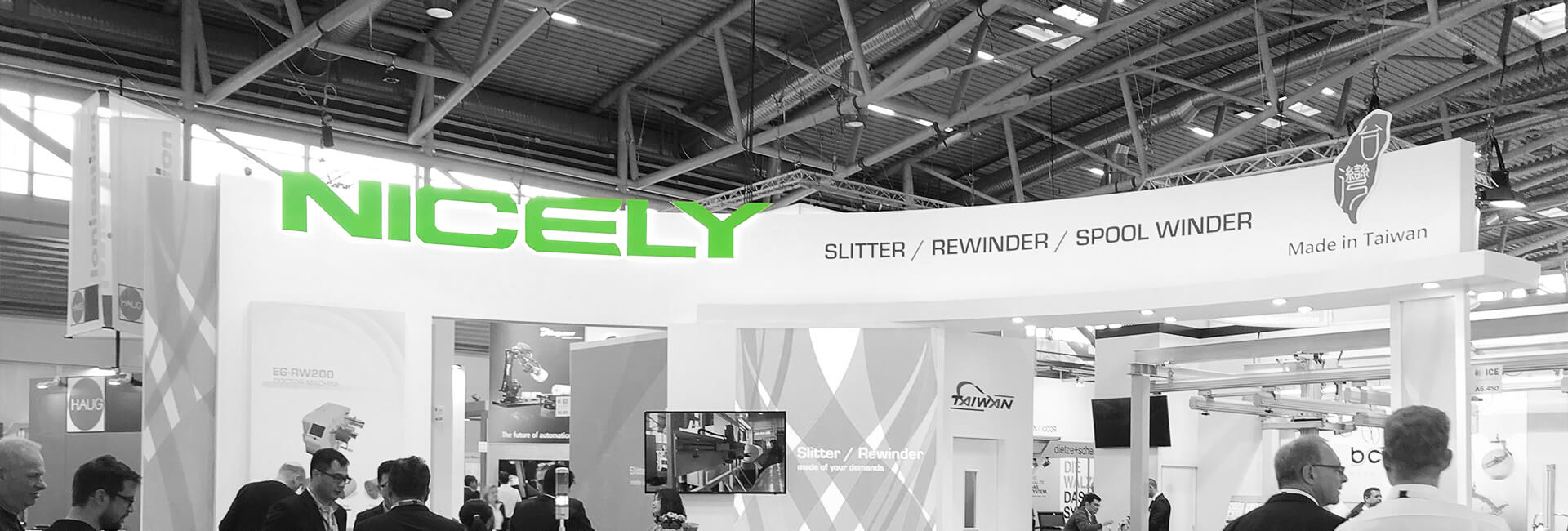Top 3 Practical Retrofits to Increase Converting Line Output
Customer Care 2025-07-23

Why Smarter Slitting Isn’t Always About Buying New
As production demand increases across various markets, many converters are rethinking their equipment strategy. The challenge isn’t always machine age—it’s automation readiness. For many slitter rewinders still running reliably, strategic retrofits can deliver immediate gains in speed, efficiency, and consistency, all without the disruption of a full replacement.
At Nicely Machinery, we work with converters worldwide to modernize their slitter rewinders through targeted automation. Below are three high-impact retrofit upgrades that help converting lines keep up with today’s demands and tomorrow’s expectations.
Step One: Equipment Health Check Before Any Retrofit Investment
Not every issue requires a full upgrade. A proper maintenance routine and equipment health inspection are critical first steps before jumping into any retrofit plan.
Why it matters:
- Identify Root Causes:Preventive maintenance helps identify whether performance issues stem from wear, misalignment, or outdated components.
- Assess Retrofit Necessity:Only after a basic health check should you evaluate if a retrofit is necessary.
- Avoid Misguided Costs:A professional inspection clarifies the root cause of problems—avoiding unnecessary investments based on misdiagnosis.
Taking the time to understand your machine’s baseline performance can prevent overspending and ensure that every upgrade delivers real impact.

Schedule your On-Site Equipment Inspection today ! Take the first step toward more efficient production. [email protected]
Three Most Frequently Requested Retrofit Solutions:
1. Auto Knife Positioning: Faster Job Changes, Less Downtime
Changeovers are a major productivity drain, especially for converters handling short-run jobs or multiple product widths. Manual knife setups can take an hour or more. By upgrading to a servo-driven automatic knife positioning system, changeovers can be completed in just few minutes—with repeatable accuracy.
A real-world example:
A U.S.-based customer running coated labelstock implemented auto knife positioning on their duplex shaft slitter. The result? Setup time dropped by 50%, allowing the line to process more jobs per shift, with less labor and fewer human errors.

2. Mechanical Retrofits for Higher Speed and Larger Roll Handling
As output expectations rise, many converters face a simple bottleneck: their slitter’s mechanical limits. Aging machines may not support faster speeds, larger finished roll diameters, or extended runtime between roll changes—all of which directly impact throughput.
- Bigger Roll Capacity:Increased rewind roll diameter capacity for longer continuous runs.
- Higher Line Speed:Optimized drive components to support higher, stable line speeds.
- Efficient Roll Handling:Upgraded roll handling systems to ensure safe and efficient transfer of heavier rolls during loading and unloading.
These enhancements allow converters to run at higher speeds without sacrificing winding precision, while also reducing downtime from frequent roll changes. Whether working with BOPP, PET, or pressure-sensitive laminates, this type of mechanical upgrade helps your existing line keep pace with increasing job volumes—without the cost of a full machine replacement.
3. Electrical Control System Upgrade: Stable, Scalable, and Service-Friendly
Many slitter rewinders built more than 10 years ago still rely on outdated PLCs, manual controls, and limited data visibility. Our electrical control retrofits replace legacy components with:
- Modern HMI touch panels
- Energy-efficient servo drives
- Smart automation logic for synchronized modules
- Remote diagnostics and safety enhancements
This type of upgrade not only improves real-time responsiveness and system reliability, it also simplifies troubleshooting and enables smoother integration with computer-based data collection systems. It provides the foundation for long-term automation readiness.

Invest in Your Existing Equipment. Upgrade with Purpose.
Nicely Machinery’s retrofit approach is rooted in understanding each converter’s production reality. We design upgrades that align with your specific web materials, operator workflows, and business growth targets—whether it’s faster job changes, heavier roll handling, or smarter control systems.
Retrofitting isn’t just a technical update. It’s a strategic investment to extend machine life, reduce labor dependency, and stay agile in a fast-changing converting industry.
Frequently Asked Questions (FAQ)
Q1: Before upgrading, should I consider a machine health check or basic maintenance?
Absolutely. A machine inspection and preventive maintenance routine should be the first step before any retrofit decision. Many performance issues stem from mechanical wear, tension instability, or misalignment—not from outdated systems. Identifying the root cause can help avoid unnecessary upgrade costs and ensure that retrofit investments truly address your production needs.
Q2 : My slitter rewinder has been in operation for 15 years. Is it still suitable for retrofitting?
Yes. As long as the mechanical frame remains stable, retrofitting key systems, like electrical controls, knife positioning, or rewind modules can significantly improve performance and automation without the high cost of full replacement.
Q3 : What types of materials are compatible with automatic knife positioning systems?
Automatic knife positioning works well with most flexible packaging and label materials, including BOPP, PET, release liners, and metallized films. It is especially beneficial for short runs and frequent product width changes.
Q4 : Will retrofitting both mechanical and electrical systems cause major production downtime?
Retrofit installation is scheduled to align with the customer's production timeline, ensuring minimal disruption. When possible, pre-assembly and testing are conducted in Nicely’s facility. The system is then transferred to the site with minimal disassembly, effectively shortening downtime during integration.




